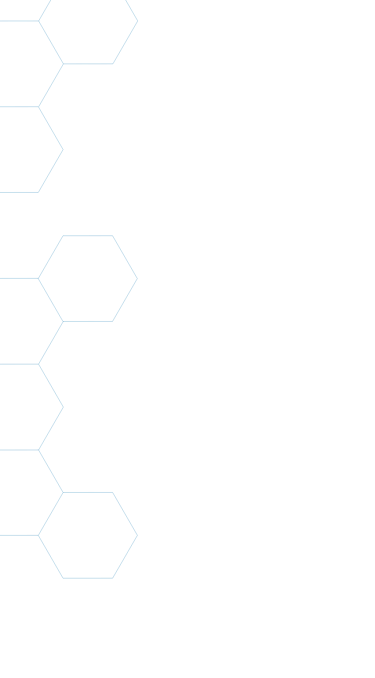ELECTRONIC TERMS AND DEFINITIONS
Ohms Law: Current = Voltage ÷ Resistance (I = E ÷ R)
Current: The flow of electrons in a conductor. It is normally measured in amperes (A) or milli-amperes (mA). Calculations and electrical diagrams sometimes use the abbreviation “I” to symbolize current.
Voltage: The potential for current flow in an electrical circuit. It is measured in volts, and is sometimes abbreviated (V or E). Generally, higher voltage will induce higher current.
Resistance: Anything that causes an opposition to the flow of electrical current. It is used to control the amount of voltage and/or amperage in a circuit. Everything in a circuit, including wire, causes some resistance. Resistance is measured in units called Ohms and is sometimes abbreviated “R” or “Ω” (Greek letter omega).
Hysteresis: The measurement of the difference in output when current in a device is increasing vs. when current is decreasing. It is normally expressed as a percentage of the total change in input.
Proportional Controller/Amplifier: A device that converts a low-power input signal into an output signal that is capable of operating the valve. This output signal can be modified to include PWM, ramping, or dither.
PWM (Pulse Width Modulation): An efficient technique to control current. A PWM-switched signal pulses on and off to achieve the current flow required. PWM frequency can be low (100 to 400 Hz) or high (over 5000 Hz). High frequency produces a more constant ripple-free amperage output.
Ramping: The ability to control the rate of change of the output of an amplifier or controller.
Dither (Current Ripple): A rapid, small movement of the valve spool around the desired position. Dither keeps the spool moving to avoid “stiction” and to help average-out hysteresis.
I-Min. and I-Max.: The minimum and maximum control current induced into a proportional valve coil.
No-Load Power: The power consumed by the amplifier or proportional controller when there is no output to the valve coil.
Maximum Control Current: The point where increasing current input no longer produces an increase in valve flow.
Threshold Current: The amount of current required to reach the point where increasing current input causes flow from the valve to begin to increase (normally closed valve) or decrease (normally open valve).
Compensator: A hydraulic device that maintains a fixed pressure drop across a fixed or variable orifice by restricting or bypassing flow.




